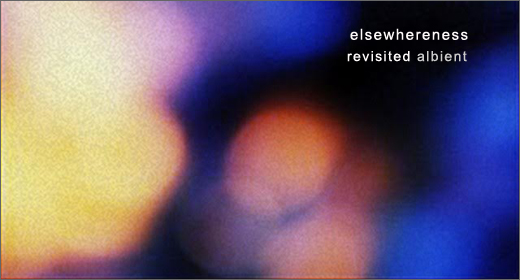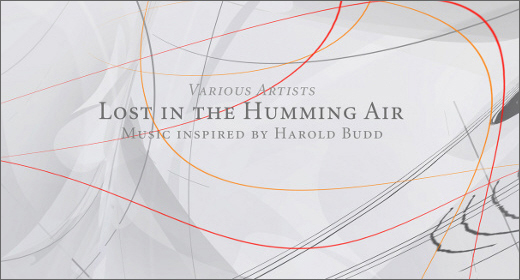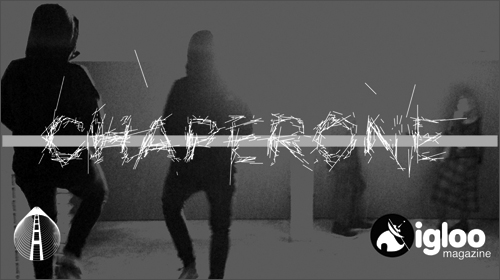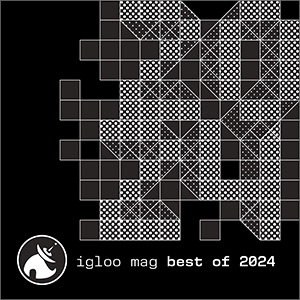A recent fascination for hauntology
With a recent fascination for hauntology as an audio and philosophical topic pointing out the notion of ghostly presence from a vanished past, amnesia, deep sorrowing nostalgia, imperfection, loss, broken memory, and dusty remembrance sound artists such as Tomonari Nozaki or Yuto Ohashi renew with the blurred out sounding elegies, departing opaque textures and abysmal tragic musical sceneries of William Basinski, The Caretaker, or Tape Loop Orchestra. The Mono no aware philosophy of impermanence and nostalgic beauty for something lost is central in those generous, fragile and beautifully lonesome crafted electronic litanies.
For those who like to explore modern sounds (partly electronic) and minimalist influences in classic music and for something which breaks out conventions within the realms of microtonal ambient the publishers 1631 Recordings and Moderna count a number of Japanese talents with a distinctive style. The touching crystal like piano minimalism and orchestrated vibes, colorful aesthetic variations approached by Akira Kosemura, Hoshiko Yamane (ex-Tangerine Dream), and Sawako, deliver a wide range of emotional and spiritual answers for those in need of personal introspection. The beautiful simplicity and healing evocative nature of Nakano’s music, Daigo Hanada as well as the blurry heart rendering drone-scaping laments of Seki Takashi also come to mind. These musical experiences admit immediate analogies with the alluring, neoclassical phrases and elegantly treated acoustic atmospheres of Hauschka, Luke Howard, Hammock, Helios, and Stefano Guzzetti.
For the darkish journeying facet of Japanese ambient scene, reminiscent to Lustmord, Foundation Hope, Yen Pox, Lull, Svartsinn, and Envdra, the doom-esque, cinematic, esoteric and moving abstract worlds of Shinkiro, Kurotocage, Onryo, Ungaikyo, and Mushio Funazawa are worth of consideration. A few brooding and unsettling soundscapes in this subgenre seem to escape from some neo-antique, eerie and bizarre Japanese ghost horror films such as Kwaidan, Kuroneko, and Sword of Doom.
Through multiple evolutions along decades, with a refined combination of harmonies, a deep sense of space, a phenomenology of time and bright sonic manipulations based on acoustic timbres, Japanese artists invite the listener to enlightened and intuitive inner promenades. Around these suggestive meditations appear a variety of aesthetic concepts which are culturally rooted. Those who are found of flowing day dreaming sessions and connected to Nature in its contemplative attributes are kindly invited to experience this musical “touch of zen.”

















![Ndorfik & madebyitself :: Solos EP (People Can Listen) — [concise]](https://igloomag.com/wp/wp-content/uploads/2025/04/ndorfik-madebyitself-solos_feat-75x75.jpg)







